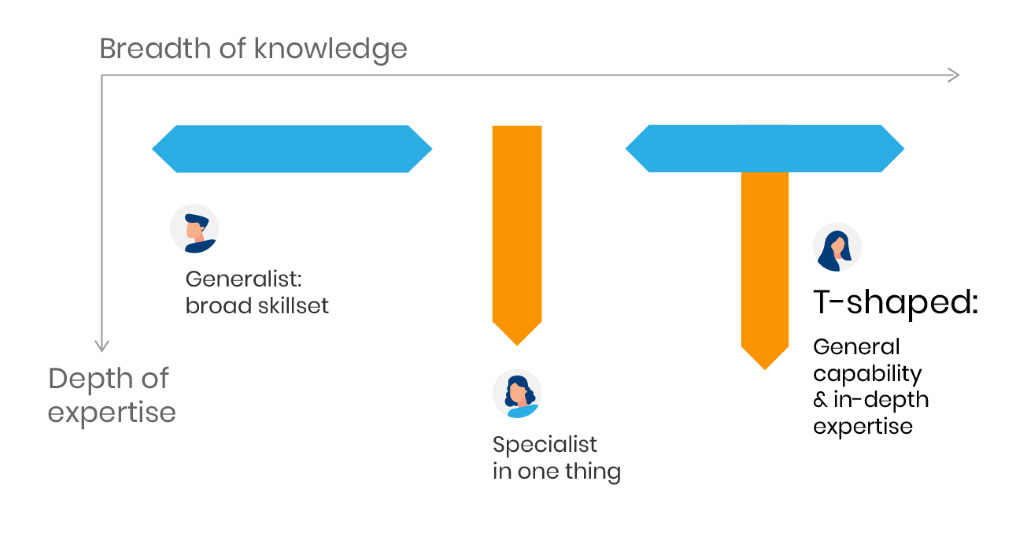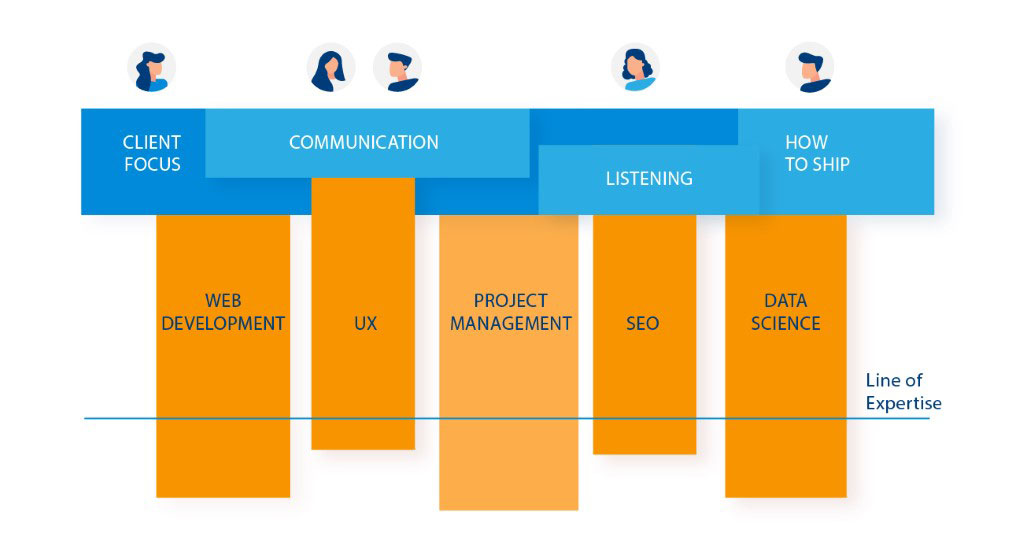Building Successful Teams
One of the reasons we’ve been successful for the last 17 years is that we build teams that have individuals with deep expertise in specific areas, but with a shared set of common skills and experiences at a general level. Over the last decade of work here at Affirma, I’ve been part of 100’s of teams. Short-term, long-term, cross-departmental, including clients and partners.
 We’ve done everything from design and develop portals to help organize large organizations, launch marketing campaigns for companies large and small, help customers wade through decades of in-depth data to build trends and insights, helped to understand our client’s customers to improve communications, and many other things. I’ve been around the block a few times, in a professional sense.
We’ve done everything from design and develop portals to help organize large organizations, launch marketing campaigns for companies large and small, help customers wade through decades of in-depth data to build trends and insights, helped to understand our client’s customers to improve communications, and many other things. I’ve been around the block a few times, in a professional sense.
The skill sets ranged from designers, marketers, developers, linguists, illustrators, doctors, accountants, a rocket scientists, farmers, teachers, and other countless specialists. Looking back, I can see some trends of what elements made for the teams that had the best outcomes. I’ve always been a fan of the concept of the T-Shaped person (https://en.wikipedia.org/wiki/T-shaped_skills) to describe a person. It allows for an area of general capability and then a more in-depth column of expertise. For example, when many of us started working, we were simple rectangles. We could write, communicate, had some fundamentals, but weren’t experts in anything. Over time, we go deep in areas of interest or opportunity. This model has been used as early as the early ’80s and is still in circulation, and it mostly makes sense.
But What Happens When We Want to Cluster These T’s Together?
In my experience, it has worked well, as long as our common area of overlap shares a core foundation. In the example of Affirma, our common core is “Doing Right by our Customer” (or C-Sat, around the office). We hire people who have a predisposition to doing a good job, giving excellent service, and it becomes a framework for communication and a framework for how we work together.
Below is an example of a group of T-Shaped folks coming together on a project. They will all have different tasks, but the shared goal and common skills at the top of the T mean that great ideas are explored, and deadlines are met.

What Should Be Avoided?
My main recommendation is to be mindful of the impact of taking a well-aligned team and adding non-generalized resources to it. A well-built team has a carrying capacity for a specialist. Still, it can add a translation cost on intra-team communications, which can compound.
An example was a project we did with a very highly skilled medical doctor. We were working with a health network to help improve care by reducing the amount of time a doctor would need to spend interfacing with their Electronic Medical Records during a visit.
We were loaned a department lead that had decades of experience working with patients. This Dr was invaluable in the process but had none of our shared skills around User-Centered design and development, agile project management, or responsive development. The team had to be explicit in the clarity of their communication (one of their shared skills) and provide targeted discussion to close gaps. This extra effort took time and impacted our planning.
The outcome was fantastic (the application did everything intended and more, with patients raving about getting more face time with their Doctors, and Doctors being very happy to get more time focusing on their patients, with less time looking at a screen) and worth the effort. However, if the team didn’t already have a shared set of skills it would not have been able to absorb such a specialized participant nearly as well.





